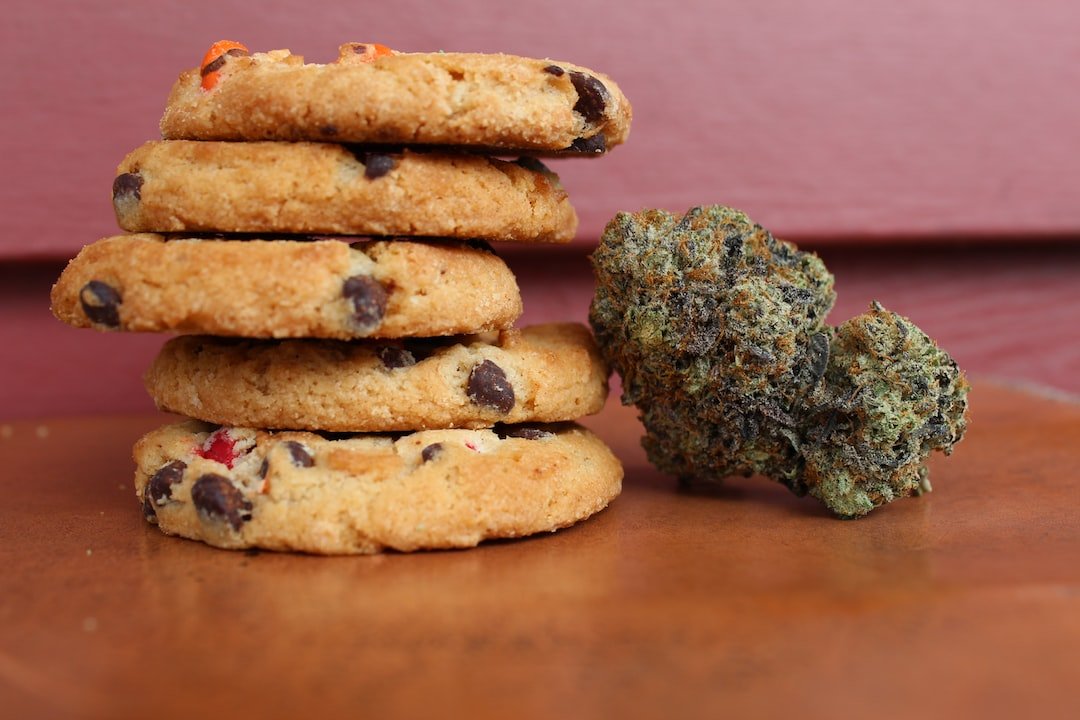Cannabis edibles are popular with people who prefer not to smoke marijuana. They provide many of the same benefits as smoking but are less harsh on your lungs.
Edibles also take slightly longer to kick in than joints, so starting low and slowing is important. In addition, they can be difficult to gauge correctly.
Sleep Aid
Using edibles before bedtime can help ease insomnia, anxiety, and restless leg syndrome. It also can increase the amount of time spent in deep sleep while reducing the number of dreams and the intensity of those dreams.
Cannabis contains tetrahydrocannabinol (THC), which can interact with receptors in your brain and nervous system to help you feel more relaxed and sleepy. This can reduce anxiety and suppress the arousal response. However, edibles take longer to take effect because they must be digested before the THC is absorbed into the bloodstream. It’s important to note that smoking or vaping cannabis can have a quicker effect.
One of the benefits of THC edibles is that they can help improve sleep, but it’s important to choose the right potency. Low to moderate THC levels are recommended for edibles intended to help with sleep, as high THC strains can have a psychoactive effect that makes it difficult to fall asleep or causes grogginess the next day. To get the most sleep-enhancing effects, look for gummies with low THC content and additional ingredients like melatonin, valerian root, or l-theanine. Please keep in mind that the time it takes for the effects of a substance to kick in, reach their peak, and wear off can differ from person to person. This is influenced by weight, metabolism, and tolerance levels.
Anti-Inflammatory Properties
Cannabis has anti-inflammatory properties and treats various conditions, including Crohn’s disease, chronic pain, migraines, and insomnia. It also works well with other drugs to relieve various ailments, from diabetes and rheumatoid arthritis to depression and anxiety.
Smoking marijuana may irritate your lungs and cause shortness of breath, wheezing, and coughing. Cannabis edibles, on the other hand, are much easier on your lungs and can offer a more subtle high.
Edibles are typically infused with long-chain fatty acids that help the cannabinoids absorb more quickly and effectively. This helps them pass through the blood-brain barrier and reach their full effects.
It is still important to start low and slow with THC edibles. It can be hard to tell how potent a product is from its label, and it’s easy to overdose on THC by accident.
Pain Relief
Pain relief is one of the most common reasons people use cannabis in states where it’s legal. While THC isn’t FDA-approved for any medical condition, research has shown that it can improve chronic pain symptoms and reduce the opioids needed to control them.
Edibles differ from smoking and vaping because the THC is dissolved in fats that must be digested before it enters your bloodstream. This means it can take 30 to 90 minutes to feel the effects and may take up to two hours before you reach the peak effect.
That long delay can make it easy to accidentally consume too much, especially if you’re not careful about how many edibles you eat or don’t realize that the number on the package represents the total dose of THC, not per piece (e.g., “100 mg THC”). That’s why it’s important to consult a dispensary associate when buying an edible and always read the label. It’s also a good idea to slowly up-titrate your dose until you find the right balance.
Anxiety Relief
While many people find that cannabis can help with anxiety, it’s important to remember that it is still a drug and should be treated cautiously. The effects of marijuana can be incredibly powerful, so it’s important to start with a low dose and work your way up. Too much THC can cause anxiety, panic attacks, and paranoia.
Edibles are more potent than smoked or vaped cannabis, and they usually take longer to kick in because they need to be digested and absorbed through the stomach before reaching your brain. This makes it easy to ingest more than you intend, and overdosing on edibles is fairly common.
When choosing an edible for sleep, start with a lower dose, like 2 to 3 milligrams of THC. This is often enough to create a calming, euphoric effect without being too strong or unexpected. If you struggle with insomnia or anxiety, try an Indica strain, as they’re known for their calming and sleep-inducing properties. Or, choose a hybrid strain for a balanced effect that provides relaxation and energy.
Pain Management
When people smoke marijuana, THC immediately goes from the bloodstream to the brain, but when you eat it through an edible, your body must first absorb it via the stomach and intestines. As the THC moves through this system, it is metabolized into a different form with a lower binding affinity to CB1 and CB2 receptors, reducing the high caused by THC and making it more soothing.
This is why it can take a while to feel the effects of an edible and why it’s important to consume only legal edibles from Health Canada licensed producers. This is to ensure that you’re getting precisely dosed and to avoid an overwhelming experience, like this spring break tragedy, where a 19-year-old student overdosed after eating a cookie from a recreational store on vacation.
Studies have shown that when low-dose THC is combined with opioids in chronic pain treatment plans, it helps patients to lower their overall opioid dosage and experience less severe side effects. Talk to your doctor about how to best use edibles for pain management.



